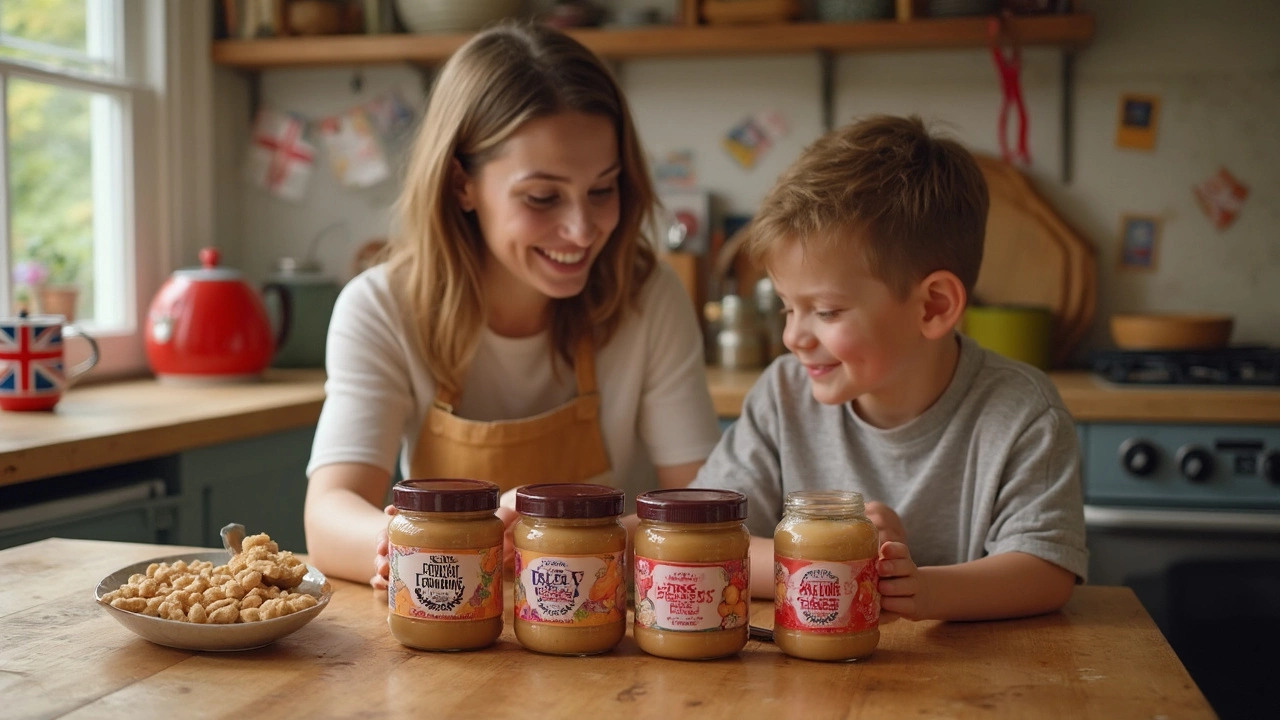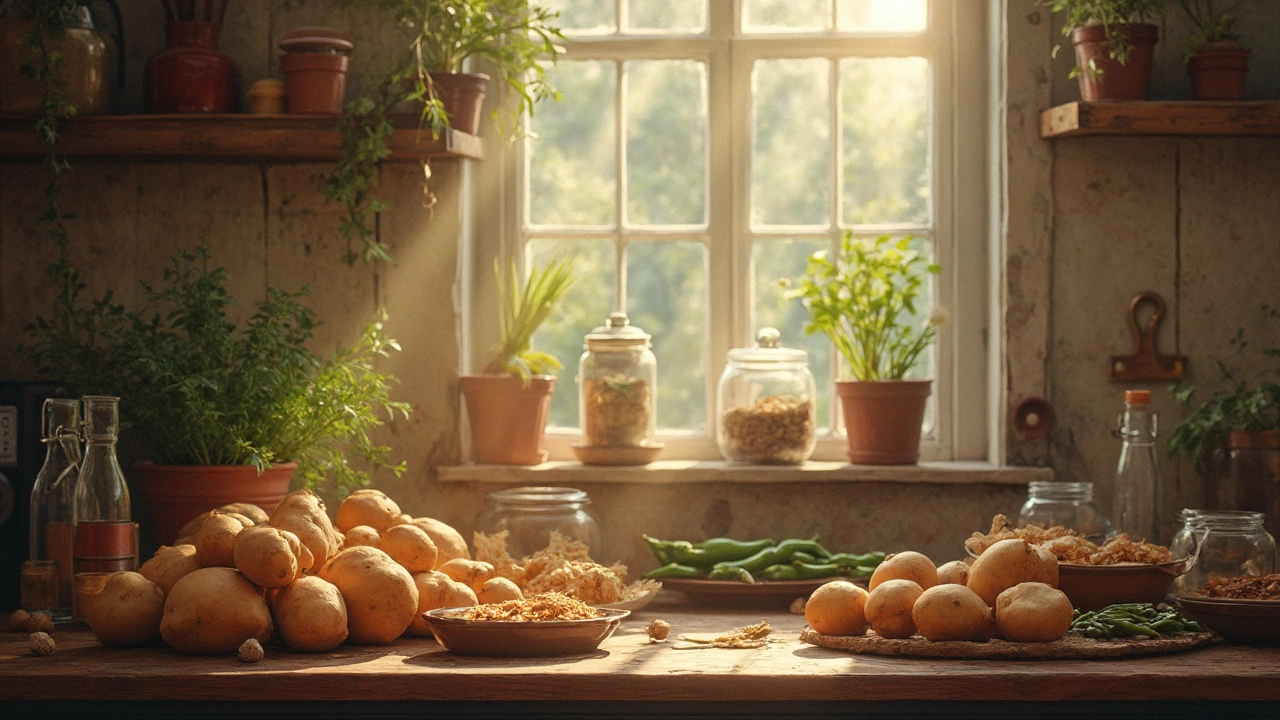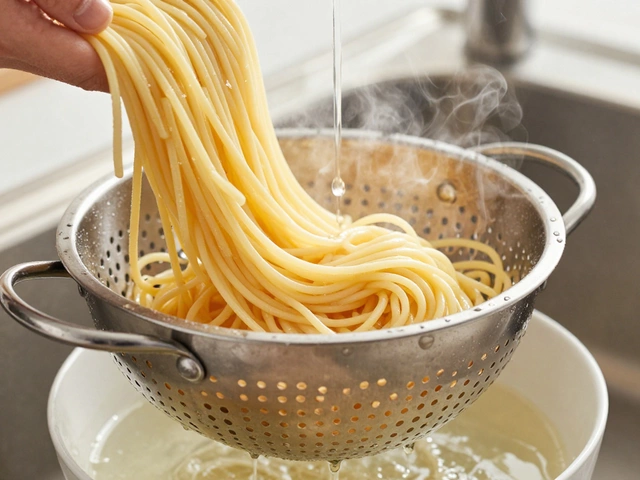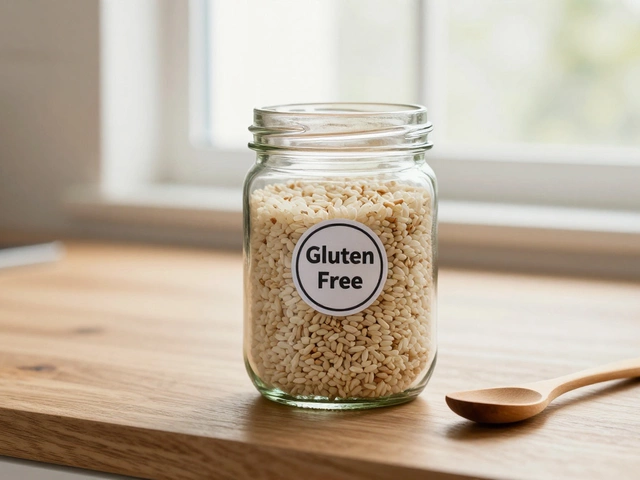Gluten – What You Need to Know About Hidden Sources and Safe Eating
Gluten shows up in more places than you might think. If you’re avoiding it for health reasons or just cutting back, you’ll want to know where it hides and how to keep your meals safe without losing flavor. Below, we break down the sneaky foods, practical swaps, and a few Indian‑style tricks that work great in any kitchen.
Common Foods That Surprise You
Many pantry staples aren’t gluten‑free even though they look harmless. Soy sauce, for example, often contains wheat. Oat milk can be cross‑contaminated unless it’s labeled gluten‑free. Even processed meats sometimes use breadcrumbs or fillers that have gluten. Check the label for terms like “hydrolyzed vegetable protein” or “modified food starch” – they’re red flags.
Spices are another hidden spot. Some pre‑mixed garam masala blends include anti‑caking agents derived from wheat. When you’re making a Delhi‑style curry, it’s safest to buy whole spices and blend them yourself. That way you know exactly what’s in the mix.
Ready‑to‑eat snacks such as granola bars, flavored chips, and some frozen meals can slip through if you only glance at the front. Look for the “gluten‑free” certification logo, not just a statement that says “no wheat.” The logo means the product was tested for cross‑contamination.
Practical Tips for Staying Gluten‑Free
Start with a dedicated gluten‑free zone in your kitchen. Keep a separate cutting board, knives, and even a toaster if possible. When you’re cooking a rice‑based biryani or a chickpea masala, use the same utensils you’d use for any other dish to avoid accidental gluten transfer.
Batch‑cook gluten‑free grains like quinoa, millet, or rice and store them in airtight containers. They’re ready to toss into any recipe, from a simple vegetable stir‑fry to a hearty dal. This eliminates the need to reach for flour‑based sauces that might contain hidden gluten.
When you’re unsure about an ingredient, swap it out. Use cornflour or rice flour instead of regular wheat flour in gravies and batters. For thickening, potato starch works just as well and adds a clean taste.
Read labels every time. Even a product you bought last month can change its formulation. A quick scan of the ingredients list can save you from an unexpected gluten bite.
Finally, lean on the community. Many food blogs and forums share gluten‑free versions of classic Indian dishes. A gluten‑free naan made with chickpea flour or a cauliflower “roti” can satisfy cravings without compromising safety.
By staying alert to hidden sources and using these simple swaps, you can enjoy flavorful meals—whether you’re cooking a spicy Delhi curry or a quick weekday stir‑fry—without worrying about gluten. Keep these tips in mind, and you’ll find that gluten‑free living is more doable than you imagined.

Does Peanut Butter Have Gluten? What You Need to Know
by Landon Weathers / 19 Jun 2025Wondering if peanut butter is safe for a gluten-free diet? This article breaks down what’s really in your jar, looks at popular brands, and shares tips on how to avoid gluten when picking peanut butter. You'll learn how to read labels, spot gluten cross-contact risks, and get snack ideas that are both safe and delicious. If you or a loved one deals with celiac or gluten sensitivity, this guide clears up all the confusion.

Do Home Fries Have Gluten? Discover the Truth Behind This Breakfast Favorite
by Landon Weathers / 28 Feb 2025Home fries are a breakfast staple, but do they contain gluten? This article explores the ingredients typically used in home fries and offers practical tips for ensuring they remain gluten-free. Learn about common gluten sources, uncover hidden risks, and find out how to make delicious gluten-free home fries at home.




